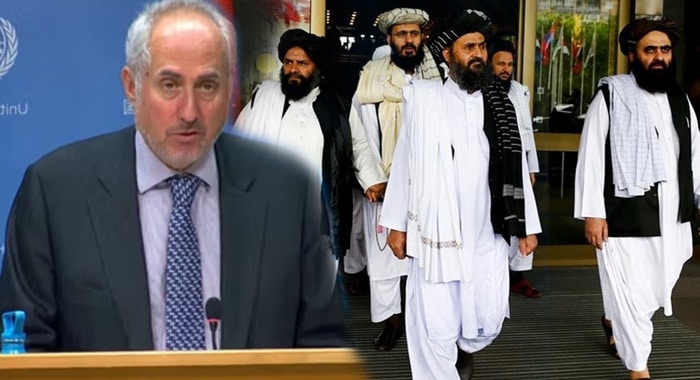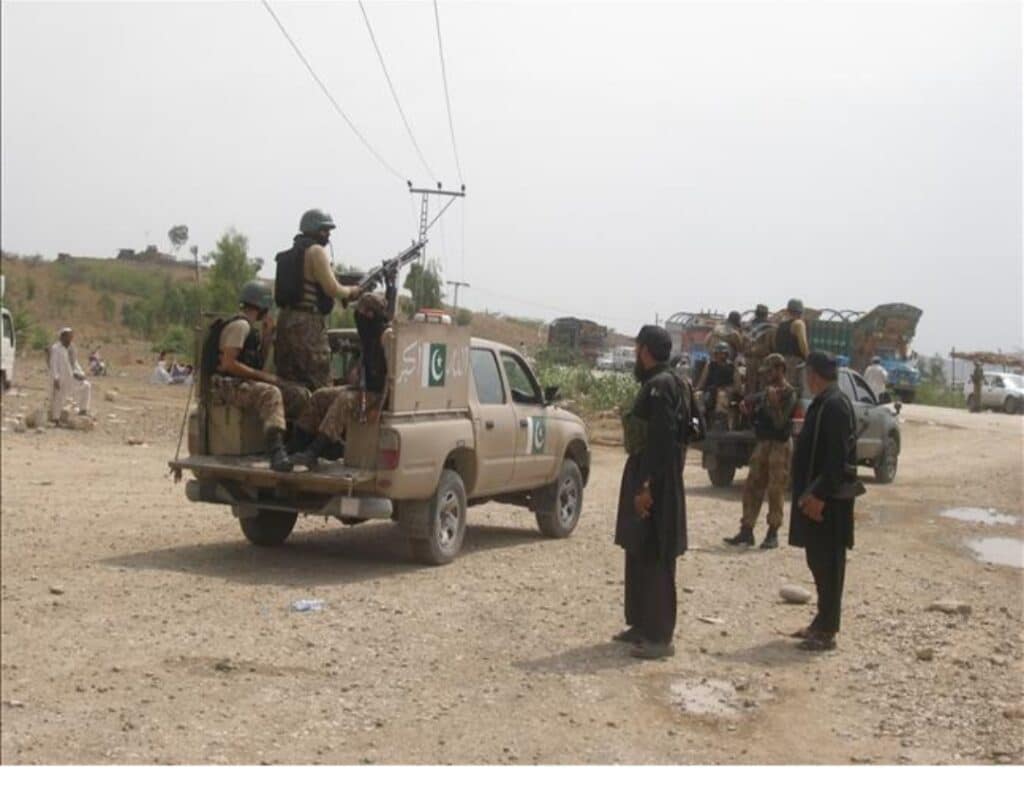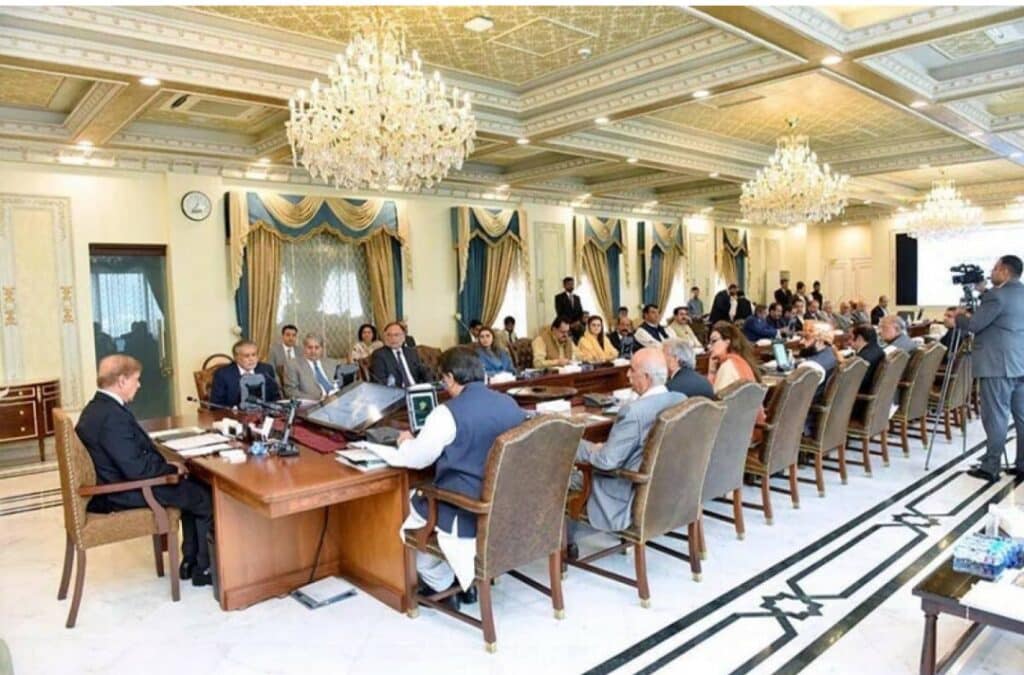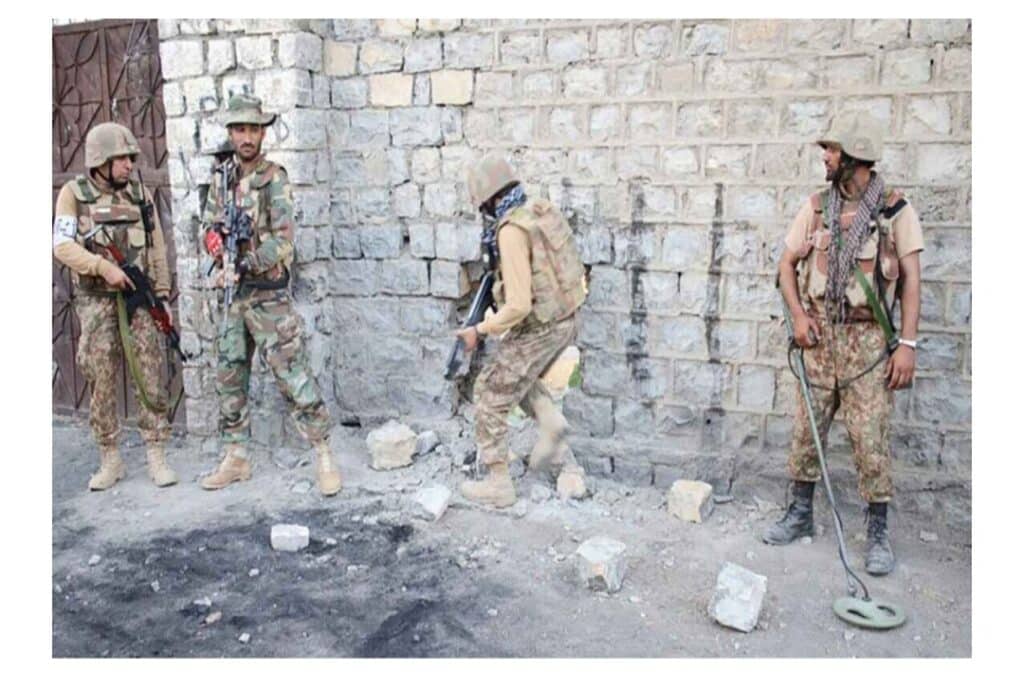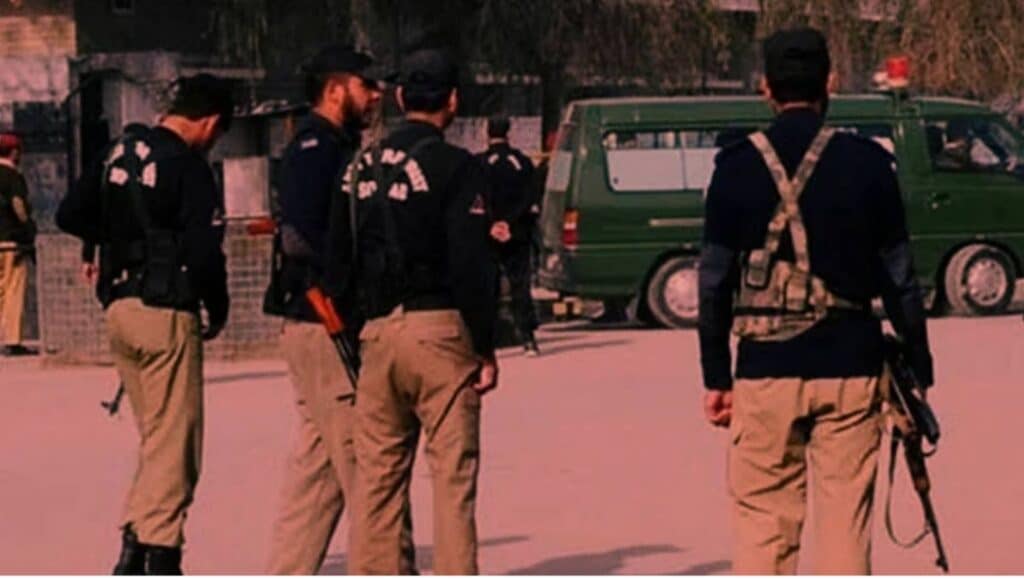Four years after the Taliban’s return to power, Afghanistan is gripped by one of the world’s worst humanitarian crises, with more than half of the country’s population now in urgent need of life-saving assistance, the United Nations warned.
UN Secretary-General’s spokesperson Stéphane Dujarric painted a grim picture, highlighting that Afghan women and girls remain the most vulnerable under Taliban rule, where restrictions have barred them from education, employment, and public life. He underscored that aid directed toward women and girls serves as a critical lifeline in the face of systematic oppression.
The humanitarian burden has intensified further this year of 1.7 million Afghans from Iran and Pakistan. Most of these returnees, the UN noted, have little or no connection to local communities, leaving them without homes, jobs, or basic support.
In response, the UN Central Emergency Response Fund (CERF) has allocated $10 million to assist displaced families, while additional funds from the Afghanistan Humanitarian Fund remain under review. Still, the UN Office for the Coordination of Humanitarian Affairs (OCHA) warns that operations in Afghanistan are on the brink of collapse due to severe budget shortfalls.
Human rights defenders stress that the crisis is not just a matter of funding but a direct result of Taliban governance that continues to marginalize women, suppress freedoms, and obstruct recovery. “Without a change in policies, humanitarian aid will only serve as a bandage on a wound that the Taliban themselves keep reopening,” said one rights activist.
As the international community weighs its response, millions of Afghans remain trapped between repression at home and indifference abroad – their future held hostage by the Taliban’s draconian rule.

